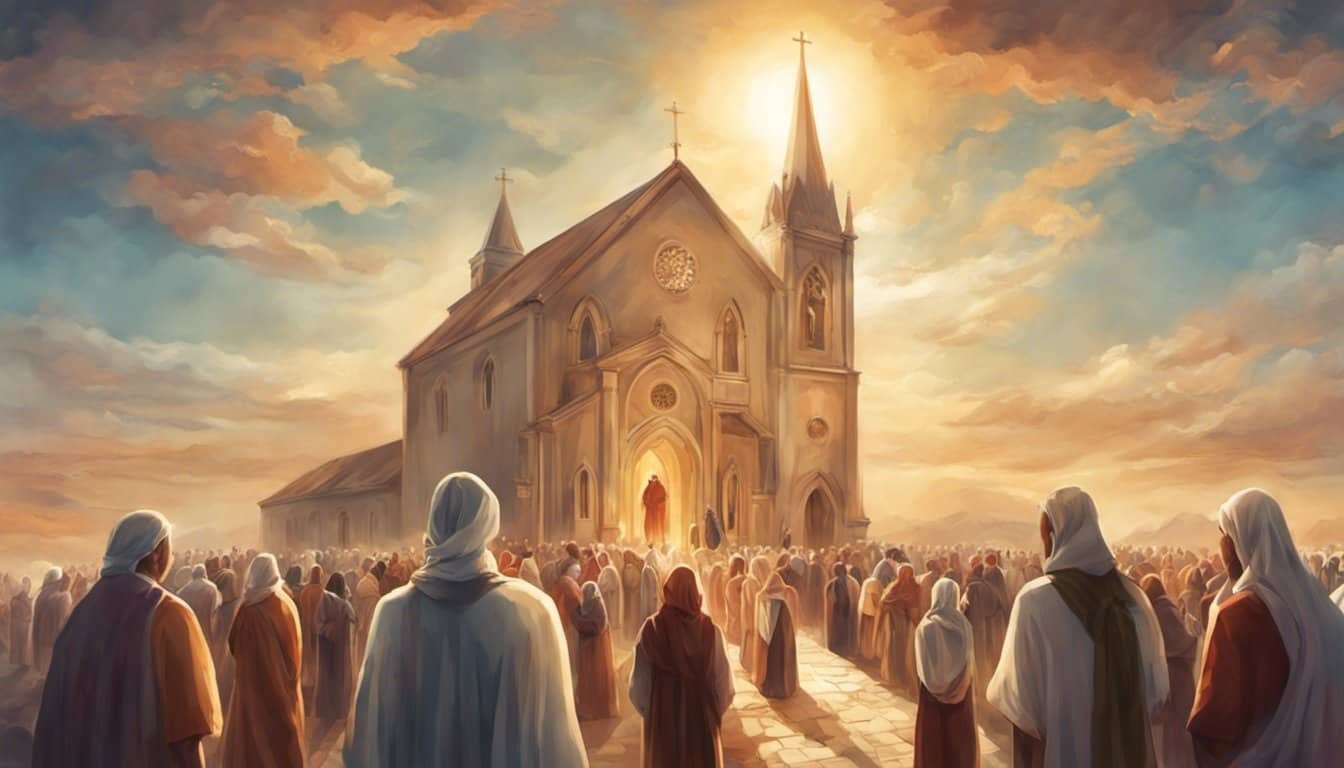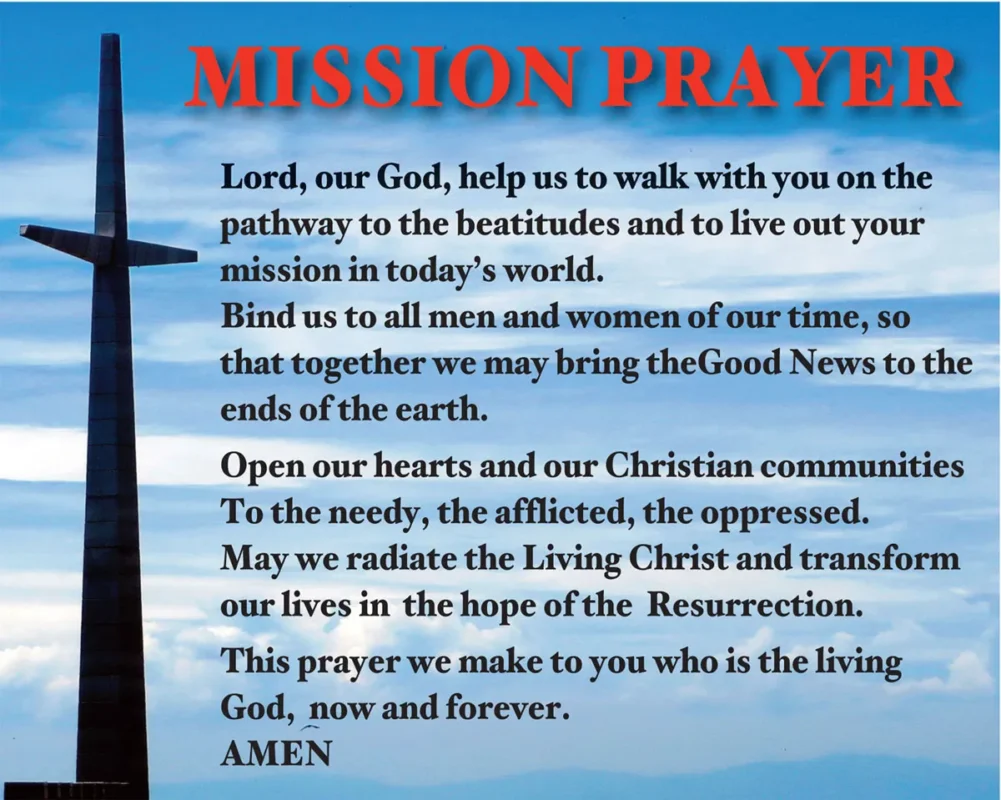Explore the majestic power of the behemoth, a legendary creature of incredible proportions and rich symbolism. From its origins and folklore, to depictions in literature and pop culture, this awe-inspiring creature has captured the minds of countless generations. Join us as we explore the mystery and meaning of the behemoth and uncover its many fascinating interpretations and implications.
The History and Origin of the Behemoth

The behemoth is a legendary and monstrous creature that has been mentioned in various cultures and works of literature throughout history. Its origins and history can be traced back to ancient times, where it was described as a giant, fearsome beast that could uproot trees with its strength and inhale entire rivers.
The earliest known references to the behemoth are in the Hebrew Bible and other ancient texts from the Middle East. In these texts, the behemoth was often mentioned alongside another legendary creature called the leviathan. While the leviathan was described as a sea monster or dragon, the behemoth was depicted as a land animal, often associated with the strength and power of nature.

According to some interpretations, the behemoth may have been inspired by real-life animals that were commonly found in the Middle East during ancient times, such as elephants, hippos, and rhinoceroses. These animals were known for their size, strength, and ferocity, and may have influenced the way that people imagined the behemoth.
Over time, the behemoth became a prominent figure in folklore and mythology around the world. It was often associated with dark, menacing forces, and was sometimes seen as a symbol of chaos and destruction. However, it also had a spiritual and metaphysical significance, with some belief systems seeing it as a powerful, iconic figure that could help people understand the mysteries of the universe.
Despite its fearsome reputation, the behemoth has also made appearances in many forms of modern entertainment, including video games, music, and literature. In some cases, it has been portrayed as a dangerous monster that must be defeated, while in others, it has been used as a symbol of power and strength.
Overall, the history and origin of the behemoth are fascinating subjects for those interested in mythology, folklore, and spirituality. Its complex symbolism and storytelling potential continue to captivate audiences in a wide range of settings, from philosophical discussions to blockbuster movies.
Behemoth in Folklore and Mythology
Behemoth is one of the most celebrated and intriguing creatures in mythology and folklore. Regarded as one of the most powerful and menacing creatures in existence, Behemoth has been a subject of various myths, legends, and tales throughout history. Its origin and symbolism have been reimagined and reconstructed in various forms in literature, art, and pop culture. This section aims to explore the Behemoth’s significance and meaning in folklore and mythology by examining some of the most notable references.
One of the earliest mentions of Behemoth can be traced back to Hebrew folklore. In Jewish traditions, Behemoth is believed to be a land creature that lives in swamps and marshes, and is often depicted as a herbivore. Behemoth gained prominence in Jewish folklore as it was depicted alongside Leviathan, another giant creature of the sea, in Jewish texts. It was believed that Behemoth and Leviathan were created during the sixth day of the creation narrative and symbolized the raw elements of nature. Much of the symbolism associated with Behemoth was adopted by Christian and Islamic religions, which depict it as an infamous creature mentioned in the Bible, mainly in the book of Job, where its mammoth size and strength are mentioned.
Behemoth’s portrayal in folklore has also been influenced by cultural beliefs and practices. In Poland and Russia, Behemoth was often referred to as the King of Evil Spirits and depicted as dark and menacing. In Russian folklore, the king of Evil spirits, Chort, was said to be associated with Behemoth. In Scandinavian folklore, Behemoth was known as the “megalosaurus” and was often depicted as a giant beast that roamed the land.
The representation of Behemoth in literature and art has been diverse and imaginative. John Milton, the renowned poet, in his famous epic poem ‘Paradise Lost,’ referred to Behemoth as a monster capable of rolling mountains. In Mikhail Bulgakov’s novel ‘The Master and Margarita’, Behemoth is portrayed as a floating black cat with a lust for vodka. It’s a testament to Behemoth’s popularity and fascination that different artists and literary figures have envisioned the creature in their own unique way.
Behemoth’s representation in pop culture and art forms has further elevated its iconic status. Video games like ‘Final Fantasy’ and ‘World of Warcraft’ have popularized Behemoth as one of the most significant and tough beasts to slay. Metal bands like ‘Behemoth’ have adopted the creature’s name as their band name, signifying its influence and symbolism.

In conclusion, Behemoth’s mythology and folklore have evolved, and its symbolism has been reimagined and reconstructed throughout history. Its representation in literature, art, and pop culture has further elevated its iconic status, making the creature one of the most recognizable and fascinating in popular imagination.
Biblical References to the Behemoth
The behemoth has a long and fascinating history, and one of the most significant references to this legendary creature can be found in the Bible. The Book of Job describes behemoth as a massive creature with great strength and power. While there is some debate among scholars about the nature of behemoth, many believe that it is a poetic reference to a real or mythical animal that was known in ancient times.
According to the Book of Job, the behemoth was seen as a symbol of God’s immense power and authority. The passage describes behemoth as follows:
“Behold now behemoth, which I made with thee; he eateth grass as an ox. Lo now, his strength is in his loins, and his force is in the navel of his belly. He moveth his tail like a cedar: the sinews of his stones are wrapped together. His bones are as strong pieces of brass; his bones are like bars of iron. He is the chief of the ways of God: he that made him can make his sword to approach unto him.” (Job 40:15-19)
Many scholars believe that behemoth is often associated with the biblical leviathan, a sea monster that was also regarded as a symbol of God’s power and might. While the behemoth is often depicted as a land-based creature, both beasts are said to have been created by God as a testament to his immense power and authority.
Interpretations of the biblical references to behemoth have been varied. Some view it as a representation of the physical strength and power of individuals, while others believe that it is a metaphor for the spiritual and psychological forces that drive human beings. Still, others see it as a symbol of chaos and violence that must be tamed by the forces of order and civilization.
« The Power of the Doxology: Understanding the Spiritual Significance of Praise and Worship in Christian Traditions
Balaam in the Bible: Insights from the Story of a Pagan Prophet »
Overall, the biblical references to the behemoth are just one example of how this legendary creature has been an enduring source of fascination and inspiration throughout history. Whether viewed as a dark and menacing force or a powerful and iconic symbol of spiritual and metaphysical power, the behemoth continues to captivate our imaginations and inspire new interpretations and meanings in our modern world.
Interpretations and Symbolism of Behemoth in Literature, Art, and Pop Culture
Behemoth, as a giant legendary creature from various mythologies and traditions, has been used as a prominent symbol in literature, art, and pop culture. The interpretations and symbolism of the Behemoth have evolved throughout history. In this section, we will delve into how Behemoth has been represented across various forms of art and pop culture.
In literature, Behemoth is often portrayed as a dark, menacing creature with immense power. The creature is often associated with destruction and chaos, and this imagery has been used to represent existential themes. In Mikhail Bulgakov’s “The Master and Margarita,” Behemoth is portrayed as a talking black cat with the ability to cause mischief. The character embodies the devil, and its association with Behemoth indicates the power of evil and darkness. The cat’s presence is foreboding in the novel, and it creates an atmosphere of danger and unpredictability.
In art, Behemoth has been depicted in various ways. For example, in William Blake’s “The Book of Job,” Behemoth is portrayed as a fearsome creature that towers over other animals. The painting is meant to emphasize the power of the creature, and it is a symbolic representation of the overwhelming force of nature. Similarly, the Russian artist Ivan Bilibin created illustrations of Behemoth in his folkloric renditions of the Russian story “The Tale of the Firebird.” In his images, Behemoth is portrayed as a mischievous giant animal that is part of a magical realm of creatures.

Behemoth has also been referenced in music. Behemoth is the name of a popular Polish black metal band. The band’s music is heavily influenced by the dark imagery and symbolism of Behemoth. The lyrics of their songs often reference the creature, and their music is meant to evoke an ominous, almost terrifying atmosphere.
In pop culture, Behemoth has been used in various ways to represent power and strength. For example, in the popular video game series “Final Fantasy,” Behemoth is portrayed as a giant monster that is nearly impossible to defeat. The creature’s appearance in the game symbolizes the idea that some obstacles are insurmountable and that sometimes, strength is needed to overcome such obstacles.
In conclusion, Behemoth’s symbolism has evolved over time, depending on the cultural context in which it is used. In literary works, art, and music, Behemoth is often portrayed as a dark, imposing creature that represents power and strength. In gaming and pop culture, Behemoth is often used as a symbol to represent the idea that some obstacles are insurmountable and that strength is needed to overcome such hurdles. Regardless of the context, there is no doubt that Behemoth remains a powerful and iconic symbol that continues to stimulate thought and imagination.
Existential and Metaphysical Interpretations of Behemoth
Behemoth, a legendary creature steeped in mythological and biblical lore, has captured the imagination of people for centuries. While many view Behemoth as a giant, terrifying creature that embodies power and strength, others see it as a symbol of existential and metaphysical ideas.

Existential philosophy views Behemoth as a symbol of the larger-than-life struggles and challenges we face in our lives. Behemoth represents the “darkness” and “uncertainty” that we encounter in our journey through life. The creature is often seen as menacing and powerful, which makes it perfect as a metaphor for the challenges that we must overcome.
Metaphysicians, on the other hand, see Behemoth as a representative of the ultimate form of power and the force behind the universe. They view Behemoth as a symbol of creation, destruction, and rebirth. The creature embodies both the light and dark aspects of the universe and can transcend human understanding.
Furthermore, the symbolism of Behemoth has become iconic in popular culture, including gaming, music, and films. The creature has become an inspiration for many and a recognizable figure in many art forms. Behemoth is often depicted as an imposing figure, much like in its mythological and biblical references.
Interpretations of Behemoth’s meaning and symbolism are varied. Some people see Behemoth as a representation of strength and power, while others see Behemoth as a symbol of the darker aspects of human nature. Some interpretations focus on the creature’s menacing qualities, while others see Behemoth as a more benevolent presence.
In literary works, Behemoth has been used as a symbol for various themes such as the protagonist’s struggle against the harshness of the world, humanity’s fear of nature, and the inevitable passage of time. In art, Behemoth embodies the darker aspects of human thought and experience, while in music, it can represent themes of strength, power, and even nihilism.

In conclusion, Behemoth is much more than a legendary giant or sea monster; its symbolism has shaped and influenced several fields, including philosophy, literature, art, and pop culture. While interpretations and meanings may vary, Behemoth serves as a symbol of the human struggle against the unknown and the primal aspects of life.
The Behemoth in Gaming, Music, and Other Art Forms
Behemoth, as a legendary creature, has served as an inspiration for a plethora of creative expressions, including gaming, music, and other art forms. The dark, menacing, and powerful characteristics of the creature make it an iconic symbol in popular culture.
In the gaming world, Behemoth has appeared in various forms, serving different purposes, from enemies to playable characters. For instance, in the game Final Fantasy XIV, Behemoth is a recurring boss that players encounter throughout different storylines. On the other hand, in the game Evolve, Behemoth is one of the playable monsters that players can choose to control. The Behemoth character in gaming typically embodies the creature’s symbolic traits, including its immense strength and imposing presence.
The behemoth has also served as an inspiration for numerous musical acts, particularly in the metal genre. Bands like Behemoth, Mastodon, and Gojira, for instance, have drawn their band names directly from the mythical creature. Additionally, the band Behemoth has several songs and album titles that reference the creature’s symbolism and themes. In music, the behemoth’s symbolism represents a darker, heavier, and more symbolic meaning of power.
In art, the behemoth is a subject of multiple artistic interpretations. Artists use the creature’s visual attributes and powerful symbolism to explore various themes and concepts. For instance, Octavio Ocampo’s painting “Behemoth” presents a playful take on the creature, depicting it as a friendly elephant. In contrast, William Blake’s engraving “The Spiritual Form of Nelson Guiding Leviathan” portrays the behemoth as an ominous and menacing creature shrouded in a storm.

The behemoth’s symbolism has been instrumental in exploring existential and metaphysical philosophies in art and literature. Its sheer size and power represent an existential reminder of humanity’s place in the vastness of the universe. On the other hand, the behemoth’s dark and menacing characteristics evoke a metaphysical representation of the unknown and frightening mysteries of the universe.
In conclusion, the behemoth is more than just a mythological and legendary creature. Its symbolism and power make it an iconic pop culture figure in gaming, music, and other art forms. Its presence continues to inspire artists and creatives to explore various themes and concepts, making the behemoth an enduring symbol in human creativity.


















